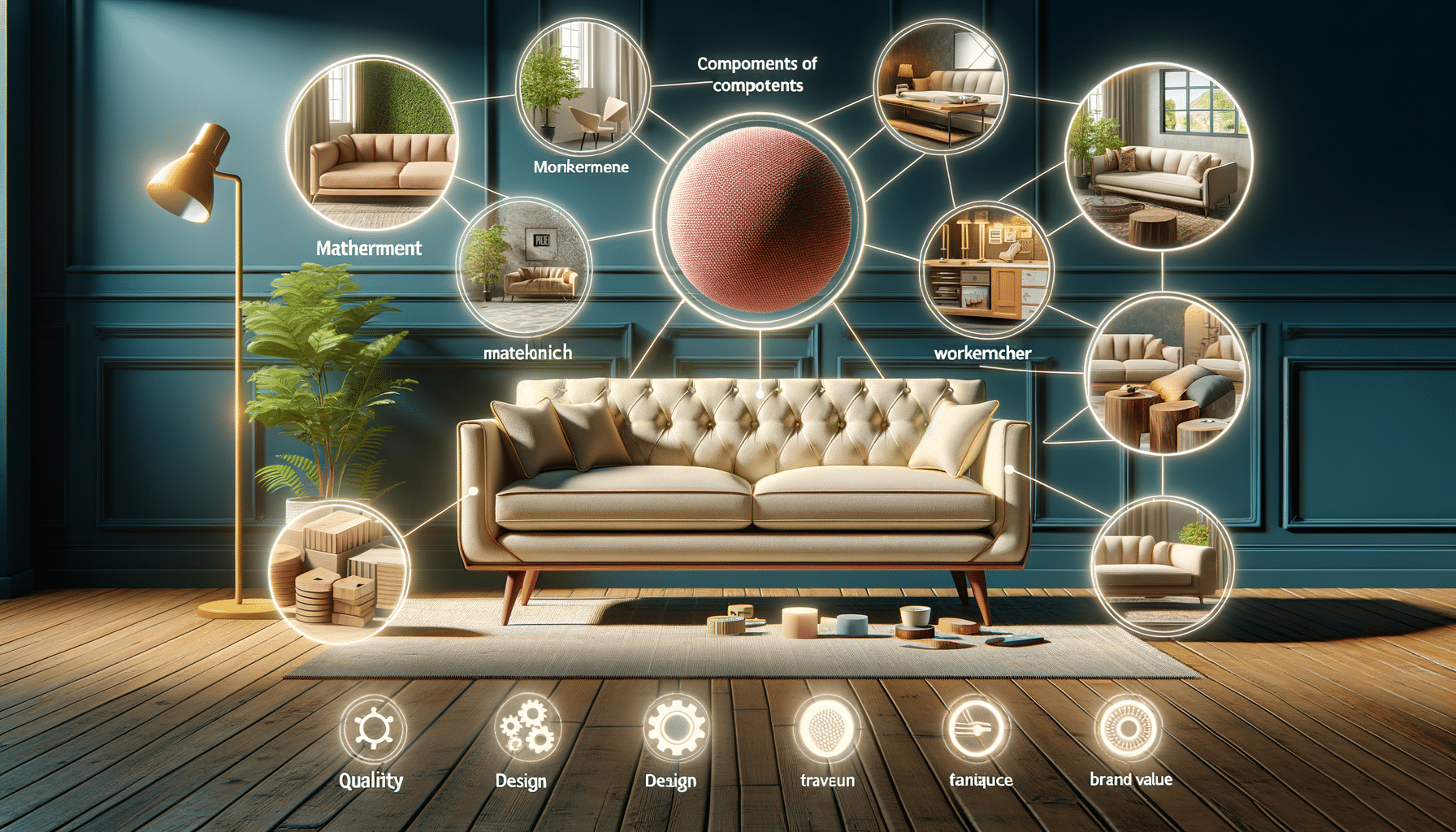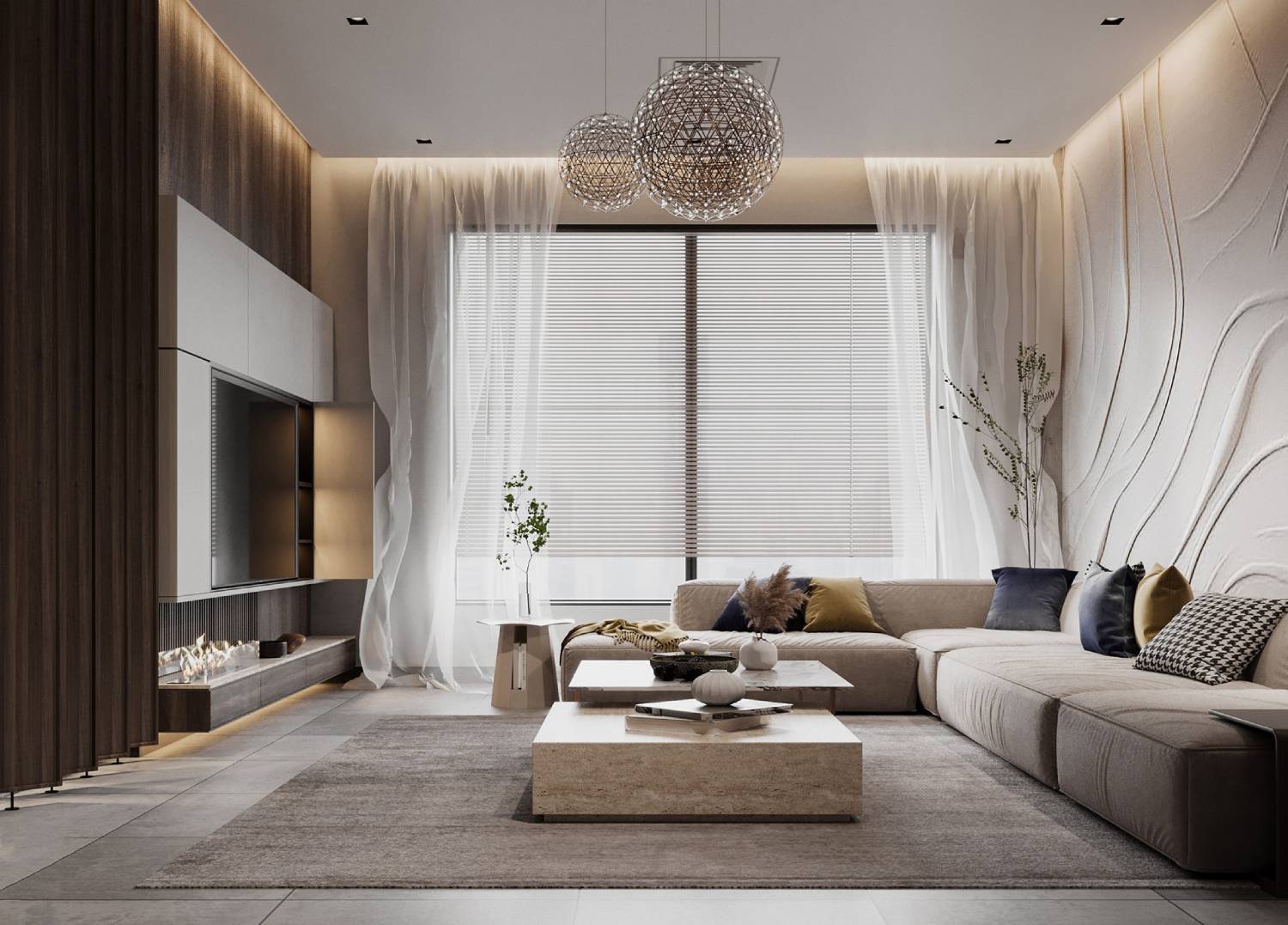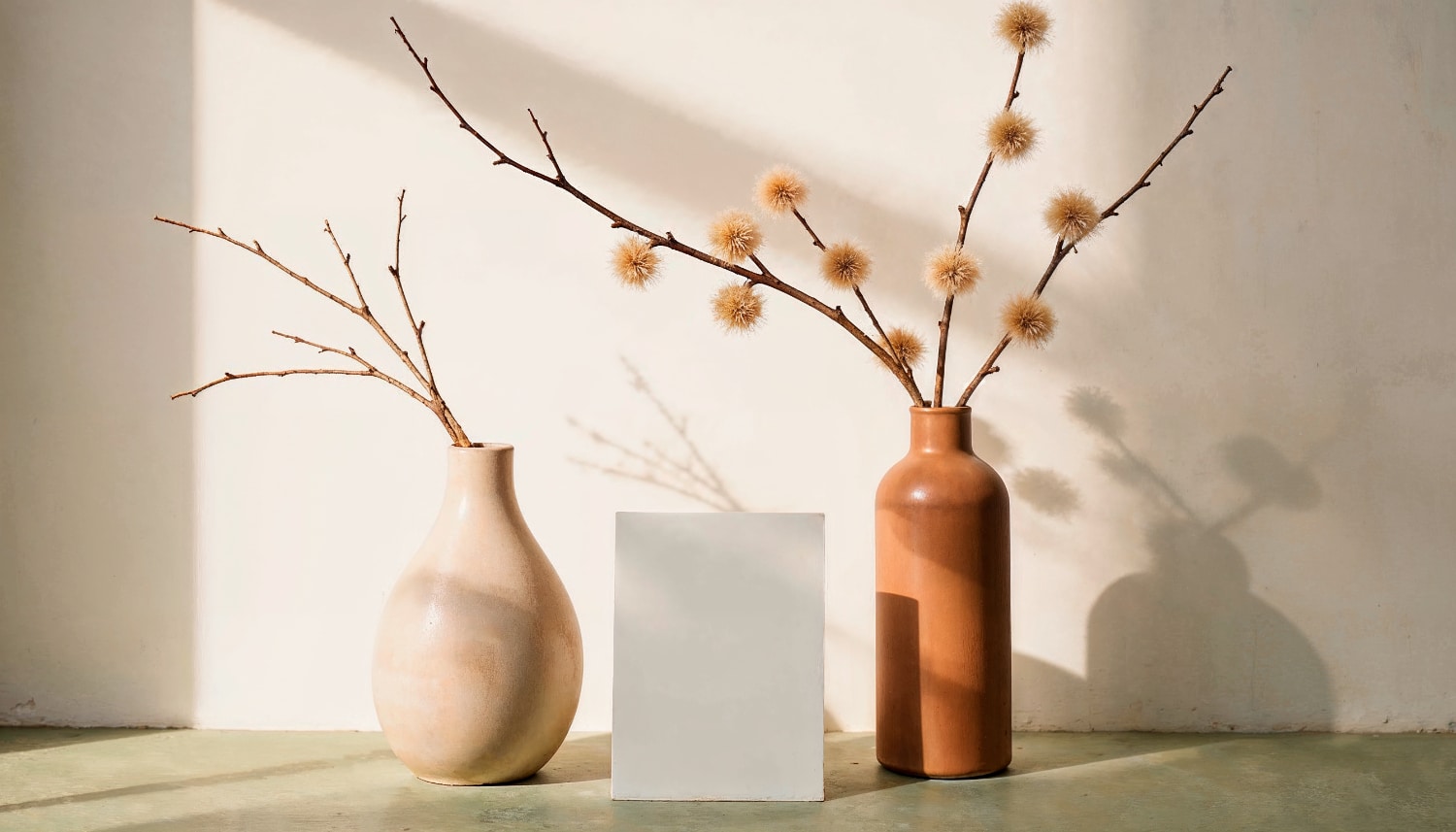
DIY Minimalist Decor with Recycled Materials
Both sustainability and the need for environmental consciousness are the order of the day. Minimalist décor with recycled materials is on the rise. This method promotes a zero-waste lifestyle. It enables people to create unique, eco-conscious spaces that reflect their style. This blog focuses on upcycled home décor. We’ll talk with the zero-waste designer and provide tips on how to change up your space with recycled materials.
Why Minimalist Décor with Recycled Materials Matters
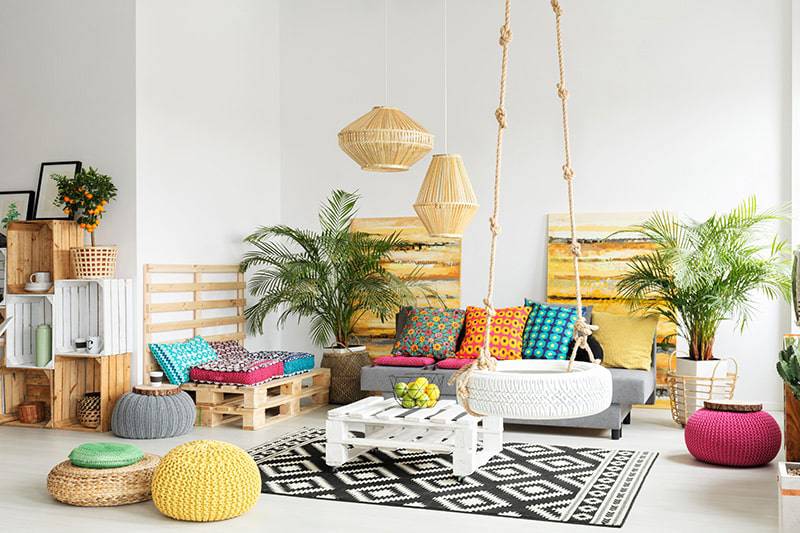
Minimalist décor, characterised by simplicity and functionality, aligns perfectly with sustainable living. Using recycled materials in your home design cuts waste. It also helps make the planet more sustainable. This approach is not just about aesthetics. It’s a lifestyle choice that reflects a commitment to environmental responsibility.
One of the key benefits of upcycled home décor is its cost-effectiveness. You can make beautiful, useful items by reusing materials that might go to landfills. Plus, it won’t cost a lot. Moreover, this approach allows for creativity and personalisation, as each piece tells a unique story.
Zero-waste design is another important aspect of this trend. It emphasises the importance of using every part of a material, ensuring that nothing goes to waste. This philosophy reduces environmental impact and encourages innovative thinking and problem-solving. Incorporating recycled materials into home décor also helps preserve natural resources. It cuts down on the need for new raw materials. It also lowers carbon footprints from production and transportation.
Step-by-Step Guide to Creating Minimalist Décor with Recycled Materials
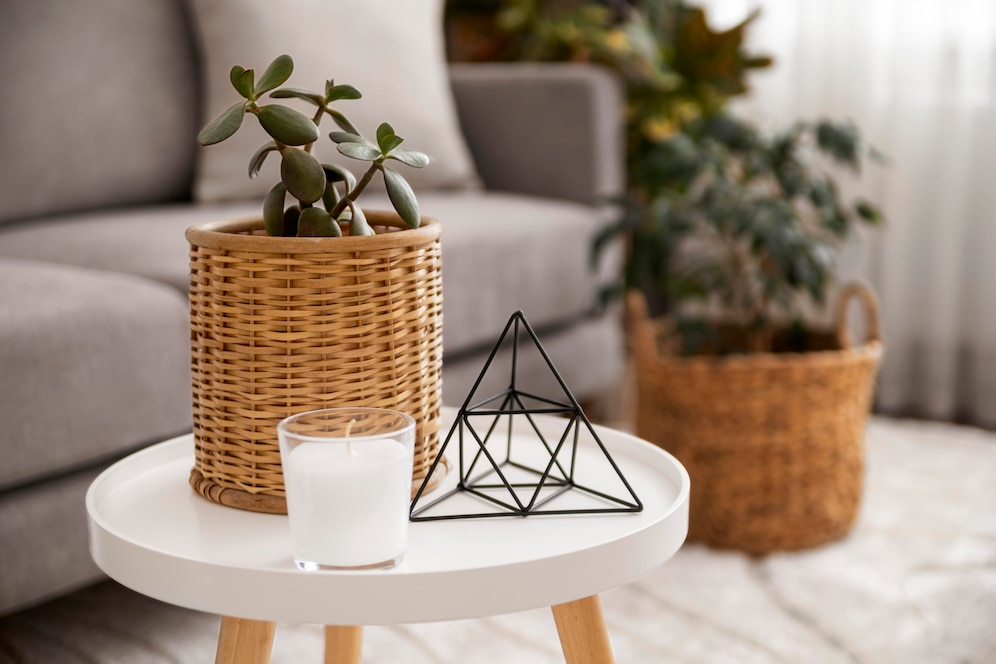
Step 1: Assess Your Space and Needs
Before embarking on your DIY minimalist décor journey, take a moment to assess your space and determine your needs. Consider the function of each room and the types of materials you have available. This will help you find upcycling opportunities. It also makes sure your work matches your design vision. Think about the colour scheme and texture balance of your space so that your upcycled pieces blend seamlessly with your existing décor.
Step 2: Gather Recycled Materials
Start by collecting materials that can be repurposed. Check for things like old furniture, glass jars, wooden pallets, fabric scraps, and leftover building materials. Visit local thrift stores, garage sales, flea markets, or even your own attic or basement for hidden treasures. Keep an open mind and be willing to see the potential in items that others might overlook. You can join online community groups or social media pages for freecycling. There, people give away unwanted items for free.
Step 3: Plan Your Projects
Once you have gathered your materials, it’s time to plan your projects. Consider the style and functionality of each piece, and think about how it will fit into your overall design scheme. Sketch out your ideas and make a list of the tools and supplies you will need for each project. If you’re unsure where to start, look for inspiration on sustainable living blogs, Pinterest, or DIY crafting websites. Proper planning ensures that you utilise your materials efficiently and minimise additional waste.
Step 4: Get Creative with Upcycling
Now comes the fun part—getting creative with upcycling! Here are a few ideas to get you started:
- Old Wooden Pallets: Transform these into stylish coffee tables, shelving units, or bed frames. Sand them down and apply a coat of eco-friendly paint or sealant for a polished look.
- Glass Jars: Use them as vases, candle holders, or storage containers. Wrap them in twine or fabric for added texture and visual interest. You can also paint or frost the glass for a more decorative touch.
- Fabric Scraps: Create cushion covers, table runners, or wall hangings. Mix and match patterns and colours to add a touch of personality to your space. Old T-shirts and denim jeans can also be transformed into patchwork rugs or tote bags.
- Wine Corks: Glue together used wine corks to create unique coasters, bulletin boards, or even bath mats.
- Old Doors and Windows: Repurpose an old door into a dining table or turn an antique window frame into a vintage-style mirror or picture frame.
- Tin Cans: Decorate tin cans with paint or fabric to use as planters, desk organisers, or utensil holders.
Step 5: Incorporate Zero-Waste Principles
As you work on your projects, keep the principles of zero-waste design in mind. Aim to use every part of the materials you have collected, and find creative ways to repurpose any leftover scraps. This might involve combining different materials or experimenting with new techniques. For example, leftover wood pieces from a pallet project can be turned into coasters or wall hooks, and fabric scraps can be used for patchwork art.
Additional Expert Tips & Common Mistakes to Avoid
While the process of creating minimalist décor with recycled materials is rewarding, there are a few common mistakes to watch out for:
- Overcomplicating Designs: Keep your designs simple and functional. Remember, the essence of minimalist décor is simplicity. Overdesigning can make your space feel cluttered rather than refined.
- Neglecting Quality: While it’s important to use recycled materials, don’t compromise on quality. Ensure that your finished pieces are sturdy and well-constructed. Poorly built furniture or decorative pieces may not last long and could end up as waste again.
- Consider Sustainability: Think about how extra materials or tools affect the environment. Opt for eco-friendly adhesives, paints, and sealants whenever possible. Avoid using materials that contain harmful chemicals or non-biodegradable components.
- Skipping Finishing Touches: Many DIYers build upcycled pieces but skip important steps. They often forget to sand, polish, or seal their work. Taking the time to refine your work enhances its durability and aesthetic appeal.
To improve your projects, think about adding natural elements like plants, stones, or reclaimed wood. These can add a touch of tranquillity and balance to your space, creating a harmonious environment.
Advanced Insights / Expert Recommendations
For those looking to take their DIY minimalist décor to the next level, consider exploring advanced techniques such as:
- Eco-Friendly Paints and Finishes: Choose natural, non-toxic paints and finishes. They improve the look of your upcycled pieces and help keep your indoor air healthy.
- Modular Designs: Create pieces that can be easily reconfigured or adapted to suit changing needs. This adds versatility to your space and extends the lifespan of your creations.
- Collaborative Projects: Engage with local artists or craftspeople to gain new insights and skills. Collaborative projects can lead to innovative designs and a deeper appreciation for the art of upcycling.
- Smart Storage Solutions: Use repurposed materials to create hidden storage compartments. Look up space-saving furniture, such as a foldable desk made from reclaimed wood.
Embracing a Sustainable Future Through Creativity
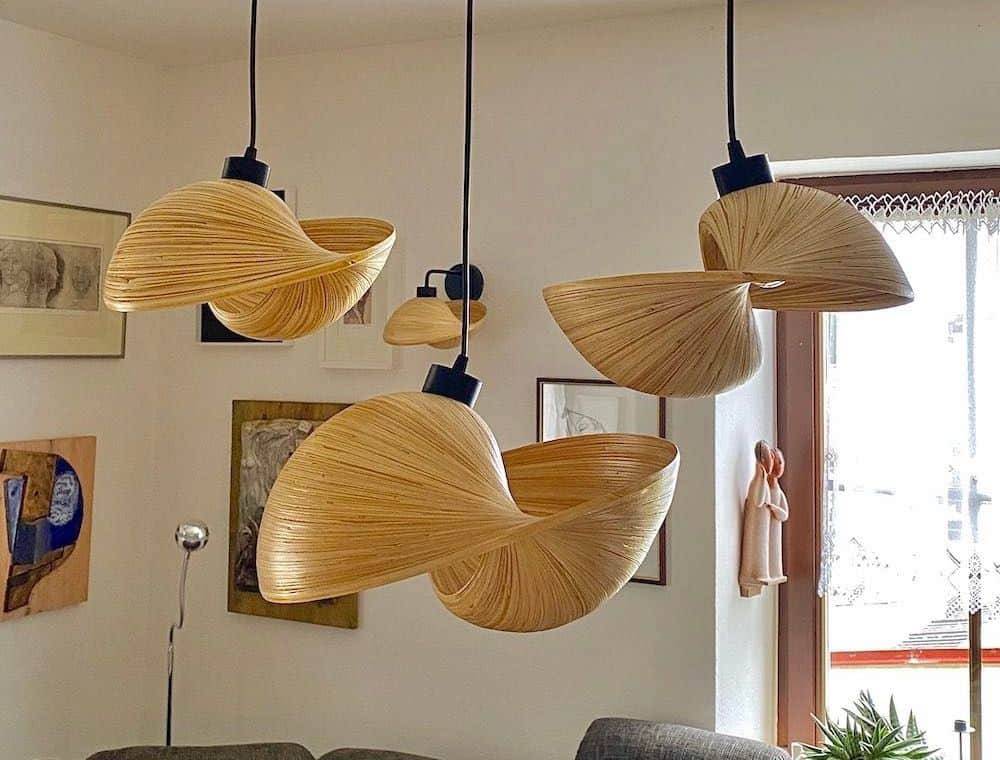
DIY minimalist décor made with recycled materials is not just trendy. It is a pervasive lifestyle decision that demonstrates a dedication to environmental responsibility. Practice upcycled home décor and zero-waste design. So, you will end up creating a unique and green space that isn’t just funky but very upmarket too.
So now go with an open mind, and let your constructive flair do its work! So many possibilities, and every project is a chance to help out. Integrating upcycled designs into your home helps the planet. It also makes your space unique and full of character.
So, gather your materials, roll up your sleeves, and start transforming your space today! What are your favourite upcycling projects? Share your experiences and tips in the comments below!
